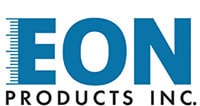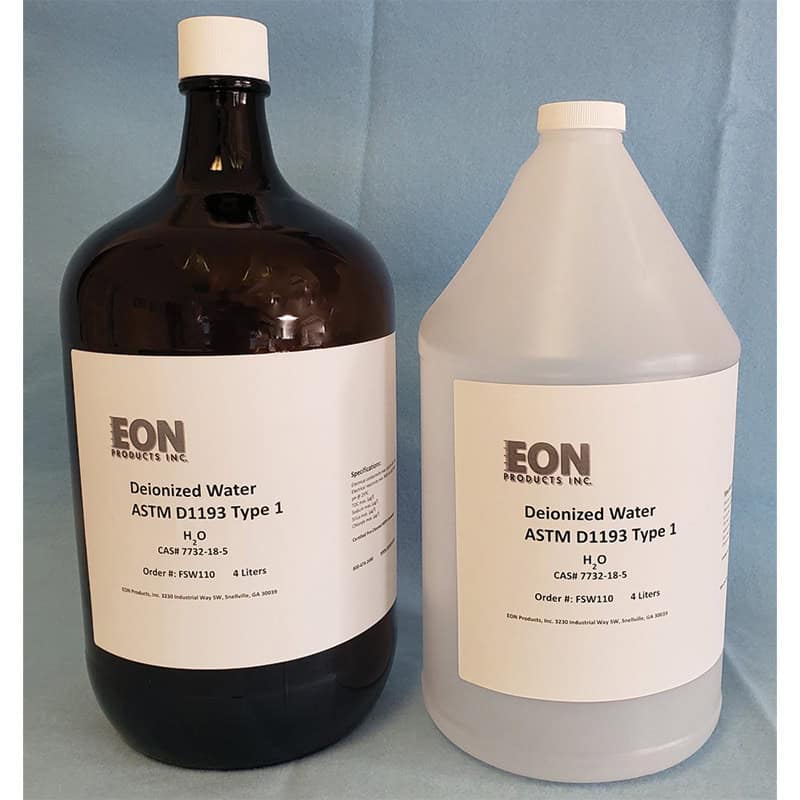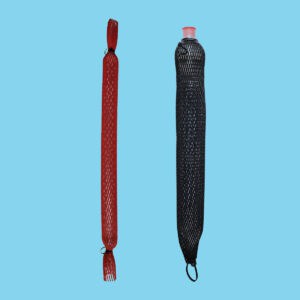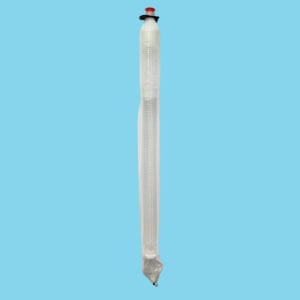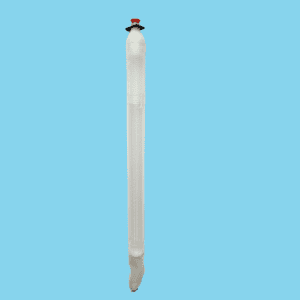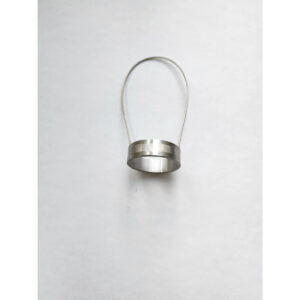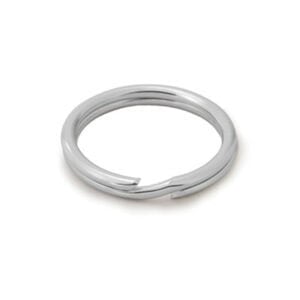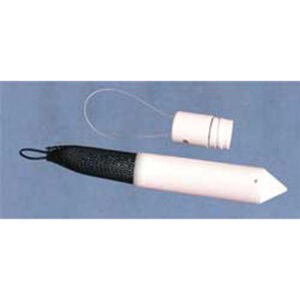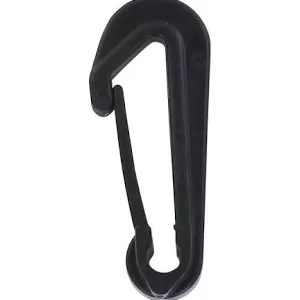Deionized Water
$23.00
Deionized water (DI) is water that has had its mineral ions removed.
Deionized (DI) water is water that has had its mineral ions removed, such as cations from sodium, sodium, iron, copper, and anions such as chloride and bromide. Deionization is a physical process which uses specially-manufactured ion exchange resins which bind to and filter out the mineral salts from water. Because the majority of water impurities are dissolved salts, deionization produces a high purity water. Deionization does not significantly remove uncharged organic molecules.
De-ionized water is available in several Grades or Types each of which has limits on the amount and type of compounds in the water after treatment. When the de-ionized water is analyzed for compliance with the standards several parameters are tested and listed on a Certificate of Analysis representing the lot of water produced. VOCs are a group of compounds that are included in the Total Organic Carbon (TOC) category on the Laboratory Certificate of Analysis. TOC includes a variety of organic compounds including Acetone, MEK, MTBE and others. A typical Certificate of Analysis for Reagent or ASTM Type I or Type II does not break out individual VOC concentrations.
American Society for Testing and Materials (ASTM) D1193-06 Standard specification for Reagent Grade Water
This specification covers requirements for water suitable for use in methods of chemical analysis and physical testing, the choice of one of the various grades being designated by the method or the investigator.
Parameter | Ultra-Pure* | Type I | Type II | ||
|---|---|---|---|---|---|
Electrical conductivity max. (μS/cm @ 25ºC) | 0.055 | 0.056 | 1.0 | ||
Electrical resistivity min. (MΩ-cm @ 25ºC) | 18.2 | 18.0 | 1.0 | ||
pH @ 25ºC | - | - | - | ||
TOC max. (μg/l) | 10 | 50 | 50 | ||
Sodium max. (μg/l) | 1 | 1 | 5 | ||
Silica max. (μg/l) | 3 | 3 | 3 | ||
Chloride max. (μg/l) | 1 | 1 | 5 | ||
Bacteria | <1 CFU/ml | - | - | ||
*Ultra-Pure water is Type 1 water that has been further treated or “polished”.
It is important to note that all water will change chemistry and absorb compounds from the environment in which it resides, including its container. Certificates only represent the sampled lot at the time the sample was analyzed.
You may also like…
-
Standard PDBs (VOCs Only)
Price range: $22.50 through $35.00 Select options This product has multiple variants. The options may be chosen on the product page -
Dual Membrane PDBs
$32.00 Select options This product has multiple variants. The options may be chosen on the product page -
Dual Membrane PDBs for PFAS
Price range: $35.00 through $36.00 Select options This product has multiple variants. The options may be chosen on the product page
